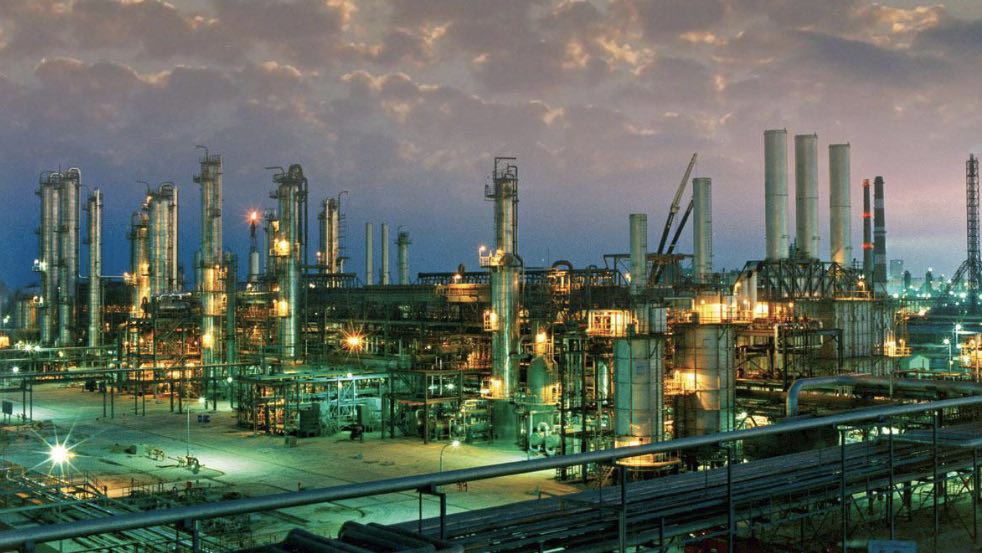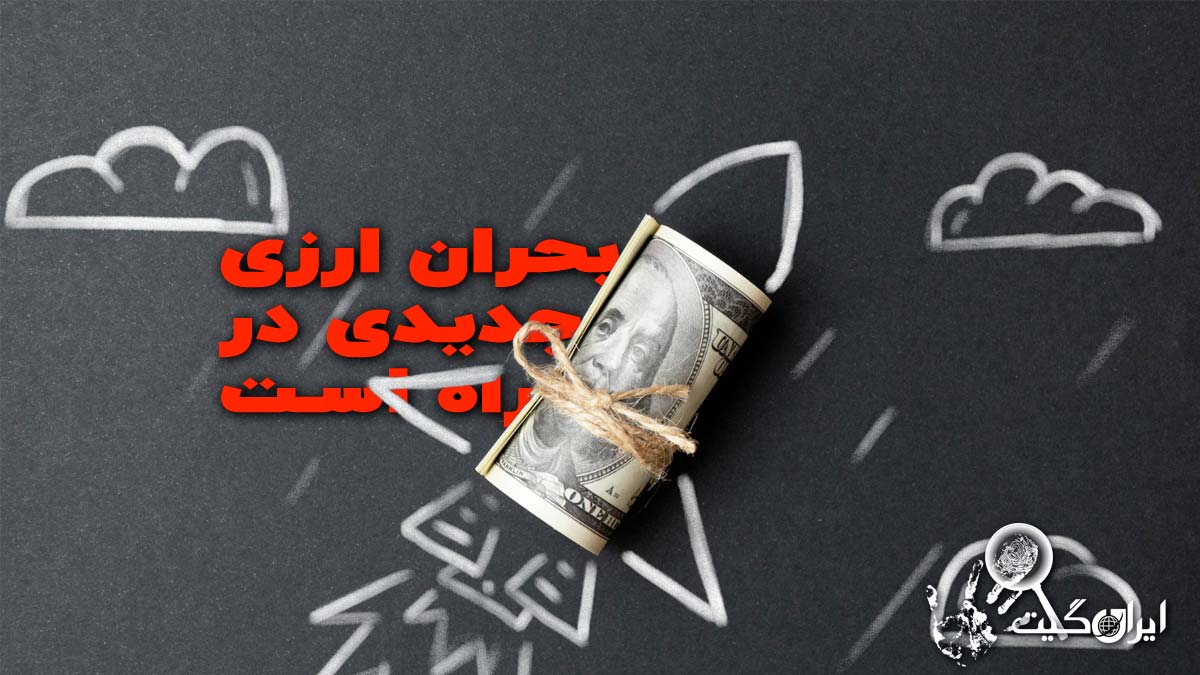A new currency crisis is on the way
The government has caused trouble for the Central Bank
A new currency crisis is on the way. According to Iran Gate, based on information available to them, in the past week to 10 days, petrochemical companies, which have a significant role in providing foreign currency resources for the country, have offered almost no currency in the NIMA market. Experts believe that such a reaction by Iranian petrochemical companies is due to the Central Bank’s policy of deepening the price gap between the free market and NIMA.
If this reaction from the petrochemical companies continues or spreads to other industries, the government of Ebrahim Raisi will undoubtedly face an even greater crisis of foreign currency shortages.
Evidence available to Iran Gate indicates a halt in currency offerings by petrochemical companies in the NIMA market. Apparently, this action followed the announcement of a 28,500 Toman NIMA exchange rate by Mohammadreza Farzin, the new head of the Central Bank, an action that initially caused scattered protests from export-oriented industries. However, we are gradually witnessing tangible consequences and operational reactions from major exporters in the NIMA market.
Farzin’s big blunder fell into the government’s trap
Mohammadreza Farzin, known as a relatively successful economist and banking manager within Iran’s economic structure, was appointed as the head of the Central Bank of Iran about a month ago. In the very first hours of his appointment, he appeared in front of the cameras of the Islamic Republic’s broadcasting service and announced the stabilization of the NIMA exchange rate at 28,500 Tomans.
Economic activists did not wait and immediately tried to inform the government through social networks about the destructive and widespread consequences of this policy, which was certainly suggested to Farzin. However, as predicted, none of the economic policymakers in Raisi’s government paid attention to these warnings. The NIMA market came under the new Central Bank’s knife, and the deep gap between the free market rate and the NIMA exchange rate suddenly widened.
From the beginning, economists believed that Farzin had fallen into the government’s trap, and such a statement, especially in the early hours of his appointment as the head of the largest economic policy-making institution in the country, was a strategic mistake.
Farewell of petrochemical companies to NIMA

According to informed sources, many petrochemical companies no longer intend to offer the dollars obtained from their exports in the so-called NIMA market. The reason for this decision is the same price gap mentioned earlier, which recent government and Central Bank decisions have deepened. If such news is accurate, it can be said that a new currency crisis for importing essential goods is on the way.
It should not be forgotten that the petrochemical industry has played a significant role in providing foreign currency resources for the Islamic Republic and has had a very influential role in meeting the government’s foreign currency needs during sanctions. Some even estimate that more than half of the currency offered in the NIMA market mainly comes from petrochemical companies and the subsidiaries of this profitable industry for the Islamic Republic.
Therefore, if the petrochemical giants withdraw from offering in the NIMA market, this market, which is a source for supplying essential goods imports, will certainly face a serious crisis, the consequences of which will affect the general public.
Whispers of a strike in the petrochemical industry
As mentioned, evidence indicates a halt in currency offerings in the NIMA market by petrochemical companies. On the other hand, some petrochemical companies, such as Pardis Petrochemical, report that the production lines of some phases of this massive complex have stopped. The company has cited cold weather and limited access to the necessary fuel as the reason for the production halt. This is while the same complex did not stop during the second half of December and the first half of January, the peak cold period in Iran, when industries faced widespread gas outages.
Now, some petrochemical industry activists and informed sources believe these actions are due to the deepening price gap between the free market and NIMA. In other words, companies are not only limiting currency offerings in the NIMA market but are also trying to use production restrictions as a powerful leverage against such decisions. If this analysis is accurate, which seems logical and correct based on the evidence, the Raisi government should expect broader consequences surrounding this unsound policy in the country’s monetary policy.
From petrochemical companies’ withdrawal to increased inflation of essential goods
As previously mentioned, the NIMA market is where the currency needed for importing essential goods is supplied. Now, if this market cannot meet importers’ demand due to the withdrawal of petrochemical companies, what will happen? The equation is very simple: if there is no currency for sale in this market,
the government or importers will have no choice but to turn to the free market to supply currency. In other words, the government wanted to stabilize the prices of essential goods by announcing a 28,500 Toman rate for NIMA currency, but by doing so, it has blocked the main arteries feeding the NIMA market, making it practically unable to meet the heavy import demands of the country, especially during the New Year festivities.
Ultimately, it can be said that this unsound decision by the government and consequently the Central Bank has likely led to a situation where in the coming weeks, we will face a sharp increase in the prices of household consumer goods in Iran. These are goods primarily consumed by low-income segments of society and constitute a significant portion of their expenditure basket. In summary, one can once again repeat the familiar phrase: Raisi’s government’s economic policies have been mostly inflationary, made impulsively, and in reaction to multiple economic crises in the country, with a short-term approach.
Now, if the scenario mentioned in this report becomes a reality, it can be expected that the dollar rate in Tehran’s free market could break the 50,000 Toman ceiling before the New Year celebrations in March 2024, marking a new milestone for Ebrahim Raisi’s government.

